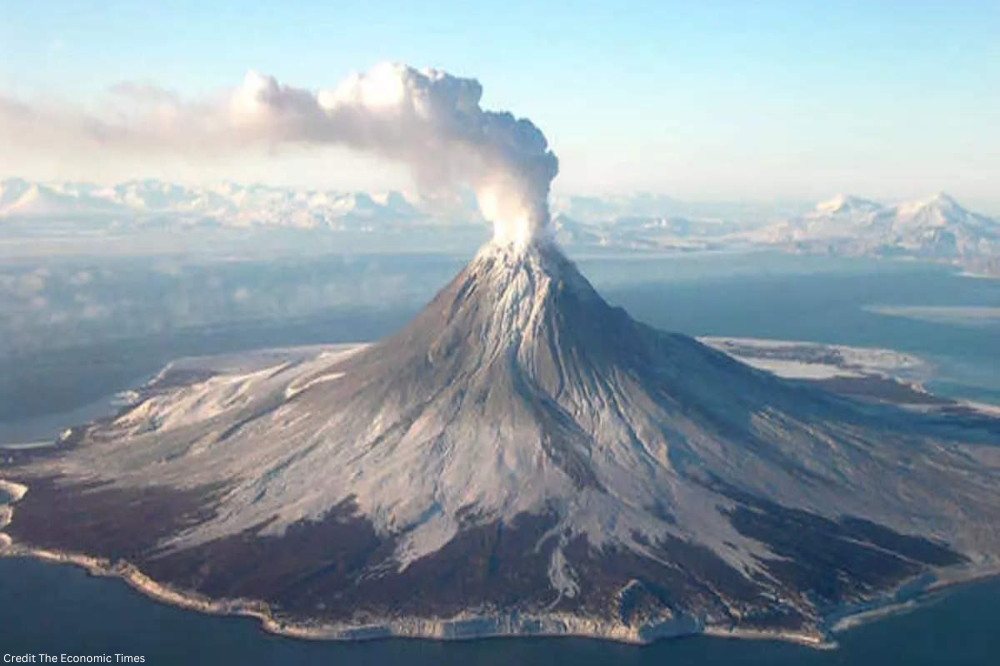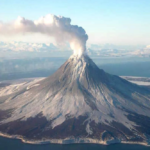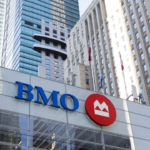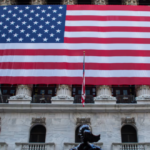Volcanic eruptions might appear like the stuff of disaster fiction to many countries across the world, with features like molten lava rivers, ash clouds, and volcanic bombs. That is, until the world economy is under enough strain to support its supply networks. A volcanic eruption might cause major disruptions to a number of businesses, including tourism, aviation, and telecommunications.
volcanic outburst
Revealing the danger of volcanic eruptions
We do not realize how close the threat is. With almost 1 billion people living within 100 miles of a volcano and about 1,500 active volcanoes on land that have the ability to erupt, the risk is serious.
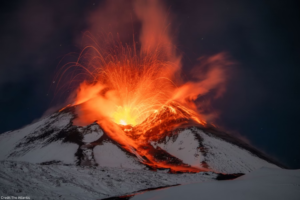
Additionally, because there have been insufficient data recorders, we might not yet be aware of the sites of all the potentially harmful volcanoes worldwide[2]. Homes, livelihoods, and a considerable number of deaths can be destroyed by an eruption of sufficient severity. The 16 “Decade Volcanoes” that pose the greatest imminent hazard have been identified by the International Association of Volcanology and the Chemistry of the Earth’s Interior (IAVCEI).
Since some of these “Decade Volcanoes” are located close to densely populated areas like Seattle, Metro Manila, and Naples, their eruption would have a significant influence on a large scale, elevating the chance of a substantial eruption to a systemic one and causing second and major third-order repercussions.
Though their risk to the world economy is far lesser, dormant volcanoes close to large cities should also be taken into account. Prior to the eruption of the Fagradalsfjall volcano in 2021 and its subsequent three-year sequence of eruptions, Iceland’s Reykjanes Peninsula had lain dormant for almost 800 years. Fearing the potential danger and destruction of a massive eruption, Iceland declared a “state of emergency.” Fortunately, these worries have not come true, but the Fagradalsfjall incident is a sobering warning that we should always be ready for the status quo to be upended by volcanic eruption.
In order to mitigate the potentially disastrous systemic effects of volcanic risk, Lloyd’s is dedicated to assisting in the preparation and recovery of communities.
Why insurance is important
Insurance can provide much-needed financial support after a natural disaster. In addition to provide financial security, our products and knowledge facilitate the mobilization of emergency response assets, which aids in the recovery of individuals and companies.
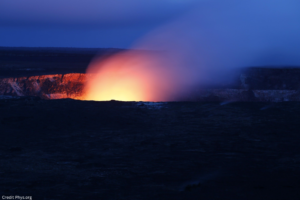
Insurance serves as a global safeguard against financial loss for a plethora of hazards and offers advice and knowledge to help clients identify their weak points and build resilience. It functions as society’s financial safety net. In addition to helping to shield businesses from various potential side effects of disruption and damage, insurance also helps to reduce the financial burden of actual physical damage to infrastructure and buildings.
Even if no one sector could fully absorb the effects of a systemic event, insurance can collaborate with partners in the public and private sectors to mitigate risks that may occur from a volcanic eruption, including:
Aviation liability
There is a chance that clouds of volcanic ash might seriously hamper travel. Over 100,000 flights were canceled as a result of ash contamination in the UK and other areas of Europe during the 2010 Eyjafjallajökull eruption.
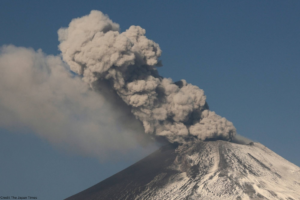
Aviation insurance can include coverage for lost income in the event of a catastrophic event, like a volcano eruption, and offers protection to all parties involved in the industry, including airports, airline operators, and service suppliers.
Insurance for agriculture
Large eruptions may result in agricultural loss and livestock death because of ash cover or changes in the climate’s temperature.
Read More Articles
BMO’s earnings call highlights its strong growth and digital-first strategy for Q2 2024.
What will happen to US stock market on Memorial Day in 2024? Understand the trading schedule.
In order to assist risk mitigation, livestock and crop insurance can cover costs associated with business continuity, damage to or destruction of farmers’ stock, and grant access to credit facilities.
Response to an emergency
In order to guarantee that funds are available to support life-saving assistance in vulnerable communities experiencing all kinds of disasters, the International Federation of Red Cross and Red Crescent Societies (IFRC) Disaster Response Emergency Fund (DREF) has benefited from a customized risk transfer mechanism supported by Lloyd’s Disaster Risk Facility.
Imagine the following scenario: An eruption occurs on a volcano
Hollywood movies tend to downplay the magnitude and duration of the effects of a volcanic eruption. In the immediate aftermath of an eruption, there is a huge risk to human health, the environment, and the economy.
A significant portion of the 1,500 active volcanoes on Earth are found in isolated areas. However, what would happen if one of the “Decade Volcanoes,” which are located close to contemporary, heavily populated urban centers, were to blow up? Ash, pyroclastic flows, volcanic bombs, lava flows, or lahar flows might all demolish the surrounding area, burying people, their property, and their means of subsistence. Physical and economic repercussions may gradually extend around the world, necessitating a protracted period of rehabilitation and restoration.
